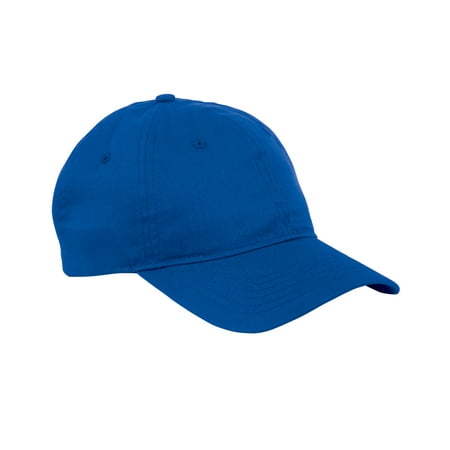Asher 15″ Laptop Backpack – Personalization Available
On-trend computer backpack features a zippered main compartment with a 15″ laptop sleeve. Zippered top pocket on outside flap. Outside pocket with hook & loop closure. Side mesh pocket for water bottle or umbrella.
Description
- On-trend computer backpack features a zippered main compartment with a 15″ laptop sleeve
- Zippered top pocket on outside flap
- Outside pocket with hook & loop closure
- Side mesh pocket for water bottle or umbrella
- Padded shoulder straps and top grab handle
- Durable polycanvas material
- Add your custom personalization on flap
Additional information
| Minimum Order Quantity | 12 |
|---|---|
| Product Size | 18.75" H X 5" W X 12.75" D |
| Imprint Size | 3.50"H X 5.00"W, Up To 5 Lines/Logo;42 Characters Max Per Line |
| Max Imprint Characters/Line | 42 |






Reviews
There are no reviews yet.